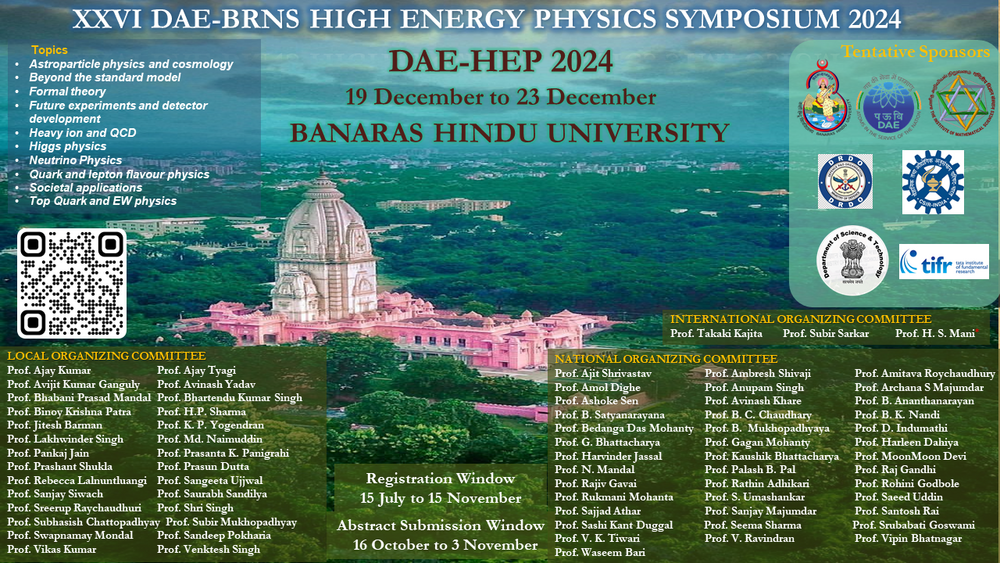Speaker
Description
Diffuse neutrinos from past supernovae in the Universe present us with a unique opportunity to test dark matter (DM) interactions. These neutrinos can scatter and boost the DM particles in the Milky Way halo to relativistic energies allowing us to detect them in terrestrial laboratories. In this talk, I will discuss how the consideration of energy-dependent cross-sections for DM interactions can significantly affect constraints previously derived under the assumption of constant cross-sections, modifying them by multiple orders of magnitude. I will focus on generic models of DM-neutrino and electron interactions, mediated by a vector or a scalar boson, and discuss new limits obtained on DM-neutrino and electron interactions for DM with masses in the range $\sim (0.1, 10^4)\,$MeV, using recent data from XENONnT, LUX-ZEPLIN, and PandaX-4T direct detection experiments.

